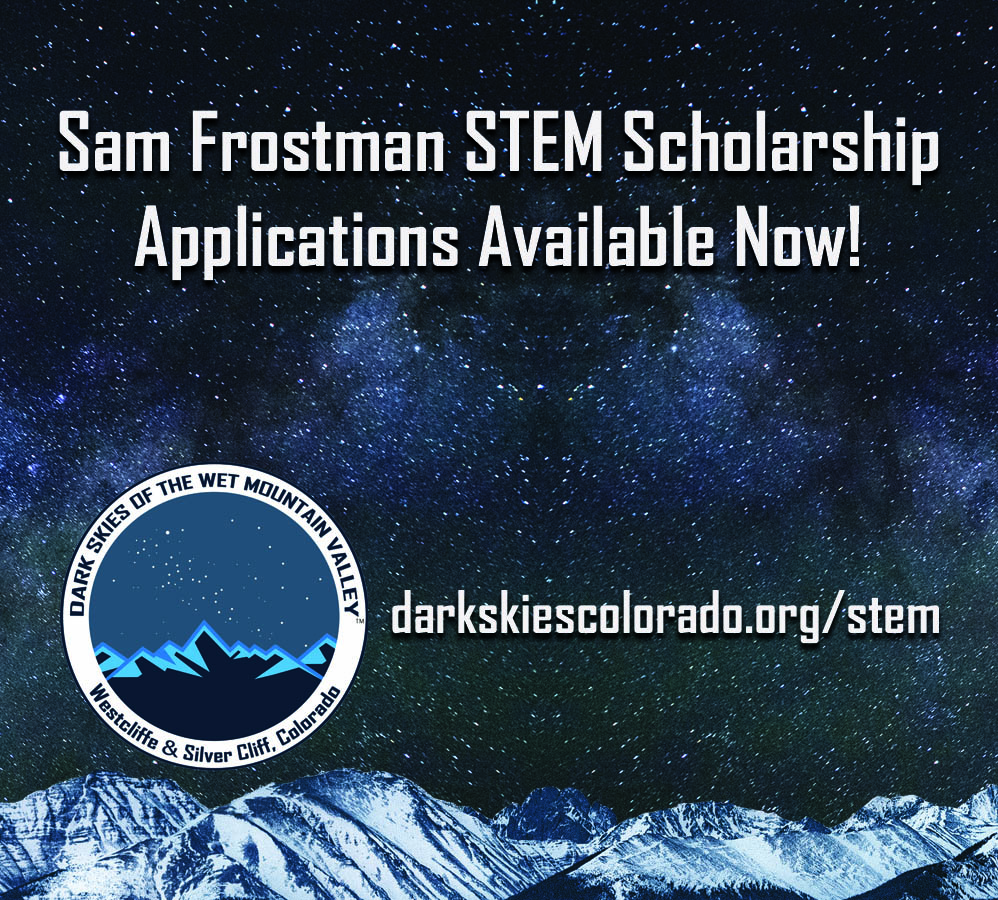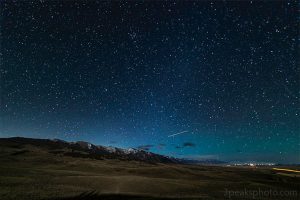In spite of all the roiling news from the cosmos and the dark skies this week—the Milky Way’s central black hole is swallowing a massive dust cloud before astronomer’s observant eyes; the visible conjunction of Venus and Jupiter early this morning—let’s return to a notation made in last week’s Celestial Exploring column.
We had mentioned in passing that the Webb Space Telescope (WST) had sent images of its infra-red camera probe into Abell 2744, “Pandora’s Cluster,” where three immense, merging galaxies provide a magnifying glass, known as “gravitational lensing”, for the objects veiled behind them. Over 50,000 previously dim objects have now been seen anew, and among them are previously unknown galaxies. That’s a pretty big deal for those who chart the history and makeup of the known cosmos.

Although the Pandora Cluster has been much viewed, previous images from the Hubble Space Telescope had looked only at its central core. The WST near infra-red cameras have unveiled a much wider panoramic display of what is there to see.
One of the researchers following this discovery, Yale professor of astronomy and physics Pieter van Dokkum, simply said, “The image had a profound impact on me, both in terms of its beauty and its scientific potential. Along with the rest of the world, I had already seen what WST could do, and I figured the new image would look similar to the first data unveiled back in July. However, the wider area and the much greater depth of the new image turned out to be yet another leap forward.”
That “scientific potential” and “leap forward” have to do with the known cosmoses primitive development, and a reformulation of what astronomers, cosmologists, and astrophysicists have posited as the universe’s history and development.

Three galaxy clusters never seen before are apparently moving together to form a megacluster, a feature unprecedented in previous observations of the early universe. Several four-to-six hour WST camera exposures extended into 30 hours of observing time, providing intriguing details that will be further studied later this year. It is expected that new insights into the early era of galaxy assembly and evolution will be provided.
Van Dokkum added, “WST was built to explore the earliest epochs of the formation of black holes and galaxies. To do that, one has to stare at the same area of sky for a long time, to find the very faintest and earliest objects that WST can detect… Fortunately, WST is performing flawlessly, and is even more sensitive than we had expected.”
His statement summarizes much of the continuing excitement about WST’s mission. Its earliest observation campaigns had already revealed galaxies that weren’t supposed to be there, and of sizes and shapes that did not fit into cosmologists’ explanations of the universe’s origins.
Analysis of these galaxies, nearly as massive as the Milky Way and full of mature red stars, has established that WST is viewing our universe’s inception, only 500 to 700 million years after the Big Bang. Astronomers for decades have expected that that era spawned the first star clusters—but they didn’t expect them to be so large. “Shockingly big” is the notation a space.com writer uses to describe the newly seen galaxies, in a study published last week in Nature.

Joel Leja, a Penn State astronomer and astrophysicist who is one of the study’s authors, told space.com that, “We had specific expectations for the type of galaxies that live in the early universe: they are young and small. Previous studies of the early universe with Hubble and other instruments tend to find small, blue, baby galaxies at early times: objects which have just recently formed out of the primordial cosmic soup and are themselves building their early stars and structures.”
So, in the ancient galaxies WST was built to explore, astronomers had not expected to see massive galaxies with old red stars. Leja calls this “astounding.” He adds, “[W]e’re finding galaxy candidates as massive as our own galaxy when the universe was 3% of its current age…[These findings] would also overturn our understanding of star formation in the early universe.”
Before the history of the cosmos is rewritten however, the light spectra from these distant-in-time-and-space galaxies will be studied for the chemical and physical properties of their source. Astrophysicists like Leja will then further determine if the new hypotheses of origins are correct. If so, theories about the early universe will be upended. “We looked into the very early universe for the first time,” Leja writes, “and had no idea what we were going to find. It turns out we found something so unexpected it actually creates problems for science. It calls the whole picture of early galaxy formation into question.”

We will follow that research, and of course report on any new construction of cosmic origins and history. In the meantime, Valley stargazers, the dark skies hold steady.
So, happy viewing!
– W.A. Ewing


